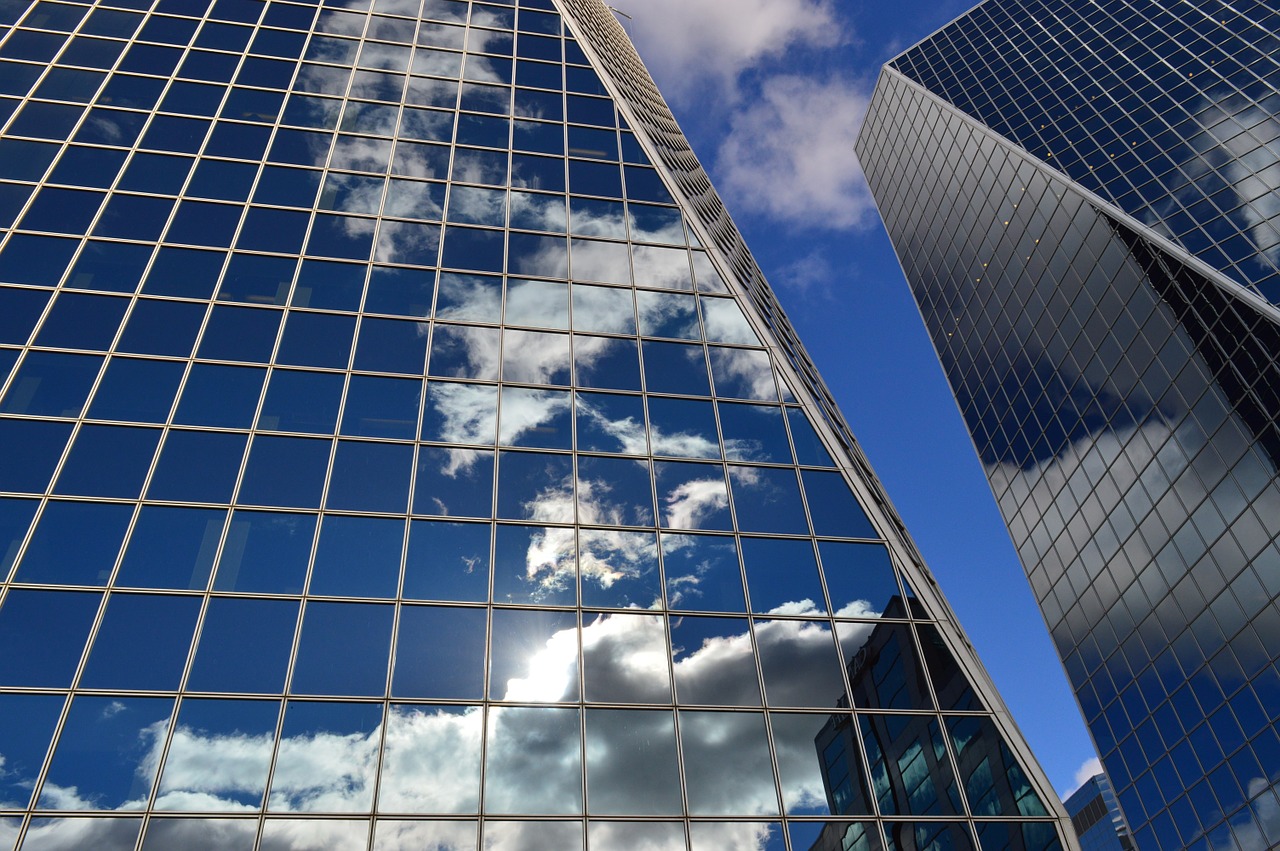Top Commercial Roofing Systems
Whether you are a roofing contractor, building owner or a design professional, choosing the best commercial roofing system for your project or building is one of the most crucial choices you will make. The following is a list of systems that have been tested and proven.
Décor Roof System
With this system, your attractive dream design can become a reality. It is ideal for new and old buildings that need a metal roof look with design flexibility and watertight integrity. Décor roof systems give your roof a metal appearance that has a thermoplastic rib. Décor also comes with seven standard color options plus other unlimited custom colors.
Built Up Roofing System
This system is also known as gravel and tar roof. The system is generally made up of alternating layers of reinforcing fabrics and bitumen that create a complete membrane. In this system, the number of plies on the roof is equal to that on the cross section. The most commonly used bitumen in this system is coal, asphalt and tar. Other materials that are used include mineral granules, hot asphalt, glass-fibre and aluminum coatings. Asphalt BUR is the most commonly used roofing system. It is mostly preferred for its water proofing layers and multiple reinforcing layers.
Engineered System
This system was meant for roofs that are subject to heavy wind uplift such as the high-rise facilities around coastal areas. The main advantage of this system is the fastening pattern. The system has a special designed bar that is made up of corrosion-resistant fasteners. The membrane is fully clamped by the bar along its length thus enabling the building to distribute the load produced by wind uniformly. The system can be able to withstand a 120 mph wind.
Single-Ply Membrane System
These are factory made sheet membranes and are categorized as either thermoplastic (TPO) or thermoset (EDPM). Thermostatic materials can be softened through intense heating and later hardened through cooling. Single-Ply membrane systems are manufactured through: spread coating, extruding or calendaring. The membranes can further be reinforced with glass fibre, polyester fabrics, scrims or fleece backing. The sheet thicknesses usually range from 30 mils to 60 mils. The membranes can be mechanically attached, fully installed and can also be held down with ballast. Single-ply systems have no surfacing and combinations of attachment methods are therefore used.
Modified Bitumen Roofing System
These are polymer-modified roofs that are made up of reinforcing fabrics serving as carriers for the polymer-modified bitumen. These commercial roofing systems also have multiple layers that are fully adhered. Modified bitumen surfacing includes mineral surfacing, aggregate surfacing, smooth liquid surfacing and metal foil-laminate surfacing.
Bareback and Feltback Adhered
This roof is best for uniquely shaped, low sloped or pitched roof applications made of materials such as gypsum, concrete and cementious wood fibre. This system can also work well on concrete, wood decks and steel. Due to its excellent rate of coverage, this system is pocket friendly.
A good roofing system will protect your investments for decades while a poor system will result into damage to buildings leading to costly repairs and probably an early re-roof. It is therefore advisable to make a great choice before you start roofing.
- Posted by
 admin
admin - Posted in Building Regulations
 Oct, 22, 2014
Oct, 22, 2014 Comments Off on Top Commercial Roofing Systems
Comments Off on Top Commercial Roofing Systems
Categories
Recent Posts
- Are fire exit doors crucial in all commercial buildings?
- The Strength and Versatility of Mesh Fencing: Why It’s Ideal for Commercial Use
- Lifting Straps for Lifting
- What is a Yale Electric Hoist and Why is it Used?
- What is Lifting Equipment?
- Crane Forks – To speed up your processes
- Building regulations matter
- Renovating a property with energy efficiency in mind
